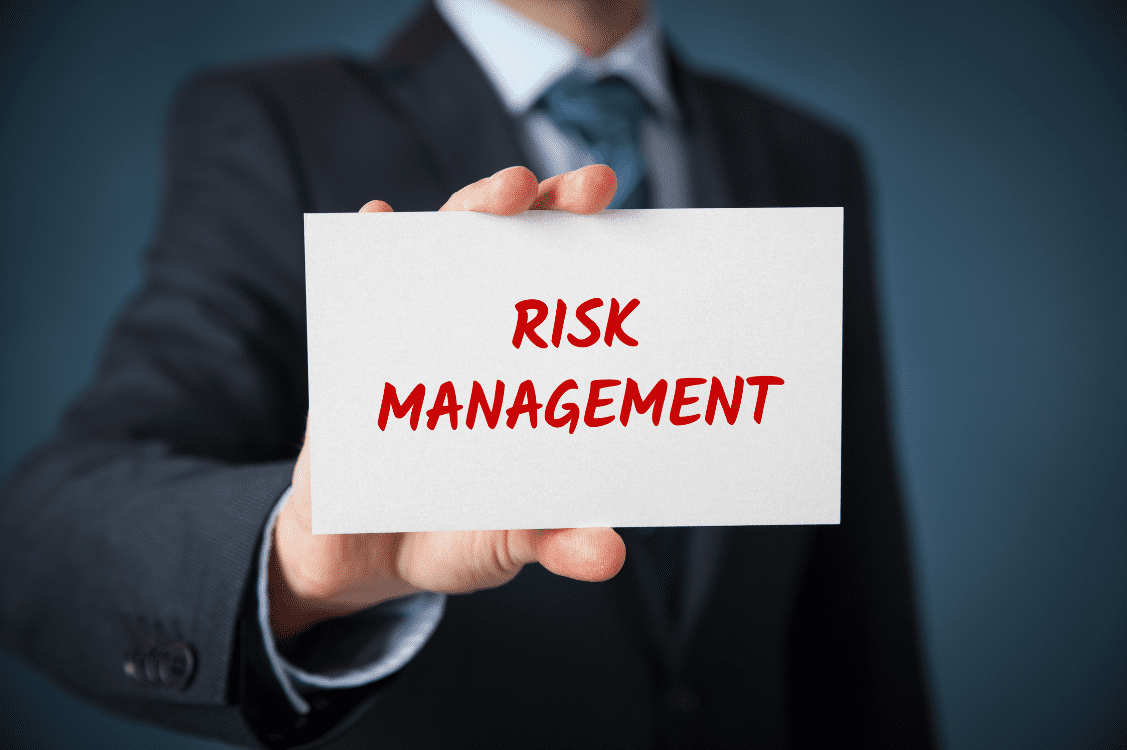The local government in Australia consists of 537 local councils. The increasing demands by local communities and volatile economic conditions re-emphasise the need for effective risk management in local government.
Australian local governments are primarily focused on providing services related to the famous three Rs, roads, rates, and rubbish. This refers to the popular sentiment believed to be held by a majority of Australians on the role of local government, maintaining the local road system, managing waste, and keeping the local land taxes down.
However, with a recent survey conducted by the ACU shedding light on Australians’ expectations for local government to go beyond the traditional confines, expectations seem to be high.
More Australians are expecting local governments to advocate for the needs of the local community, reflect local community values, and deliver services that contribute to a fairer and healthier society among other considerations.
On the other hand, funding for local governments has been depreciated, especially in the case of Finance Assistance Grants that have declined from 1% of commonwealth taxation revenue to 0.55% over three decades.
While certain grants have been offered, $3.1 billion over 2023-24 in Financial Assistance Grants, $500 million in local road funding, and others, the challenges for local governments in delivering expectations are still high.
Risks like natural disasters, infrastructure damages, and economic downturns can affect the ability of local governments to deliver core services to local communities. Formulating effective solutions for these challenges is vital to managing them and meeting the increasing demands of the local populace.
Challenges of risk management in local government
The most prominent challenges for local governments in Australia are;
- Lack of resources and expertise
Due to a lack of funding and human resources, many local governments struggle with allocating resources for critical projects. - Data management difficulties
Data fragmentation and lack of integration within systems can cause information gaps, affecting the decision-making process. - Community engagement and support
Engaging with the local community and stakeholders to understand their concerns and expectations can be a complex process. - Emergency preparedness and response
Different locales in Australia have different types and likelihoods of emergencies that require coordinated response efforts. - Technological advancements
Rapid advances in technology can introduce new risks to the risk landscape that can affect local government processes.
Solutions to challenges in risk management
While organisations like the Australian Local Government Association have been advocating for more support for local governments, certain steps can be taken to address these challenges and ensure adequate risk management in local government.
Collaborating between local governments
To address challenges like the lack of resources, local governments can collaborate between them, sharing best practices and partnerships with external organisations to create a collective of resources and expertise. Training programs can also be conducted to enhance the risk management skills of local government staff.
Implementing data management systems
Data management systems and data-sharing protocols that offer intuitive features can improve the data collection and analysis processes of local governments considerably. Additionally, utilising data analytics tools allows for more accurate risk assessments and informed decision-making.
Developing proactive communication strategies
Encouraging public engagement through proactive communication strategies like regular town hall meetings and digital platform usage can foster a sense of community that can be beneficial for risk management in local government.
Conducting comprehensive risk assessments
Integrating risk assessments into long-term strategic planning efforts allows local governments to establish robust risk identification and mitigation strategies that are highly adaptive. In addition, they also allow the local government to respond to emergencies like natural disasters and health crises immediately and effectively.
Continuously monitoring the risk landscape
Continuous evaluation and monitoring are critical aspects of any risk management plan. This helps local governments address risks promptly with adequate incident response plans, make objective and well-informed decisions, ensure compliance, and maintain sustainable initiatives.
Address the challenges of risk management in local government with all-inclusive solutions for risk management
The risks faced by local governments include financial sustainability, infrastructure funding, waste management and recycling, community resilience, and addressing the risks associated with climate change.
In the process of managing these risks, local governments are confronted with challenges such as the lack of resources, data management difficulties, meeting community expectations, ensuring disaster preparedness, and staying up–to–date with technological advancements.
Effective solutions for these challenges include greater collaboration between local governments, implementing data management systems, developing proactive communication strategies, conducting comprehensive government risk assessments, and continuously monitoring the risk landscape—to keep providing an uncompromised service level to local communities.






